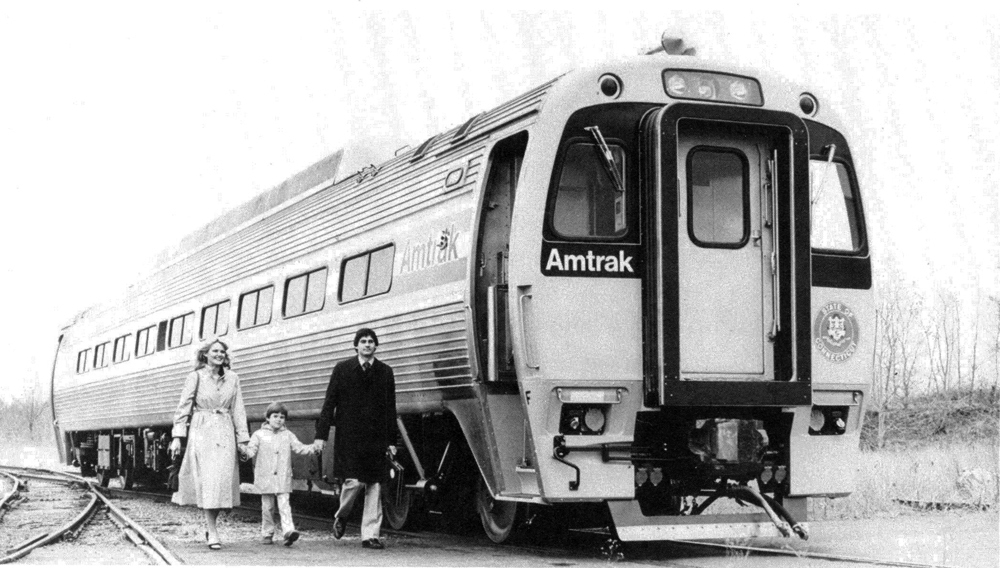
Whether they knew it or not, the Budd Co. was rolling out the final miles in its railcar manufacturing business as it headed into the 1970s. But they didn’t go down without a fight as manufacturing of passenger equipment continued for Amtrak and multiple commuter operations (mainly in the Northeast United States). Part of […]
Read More…
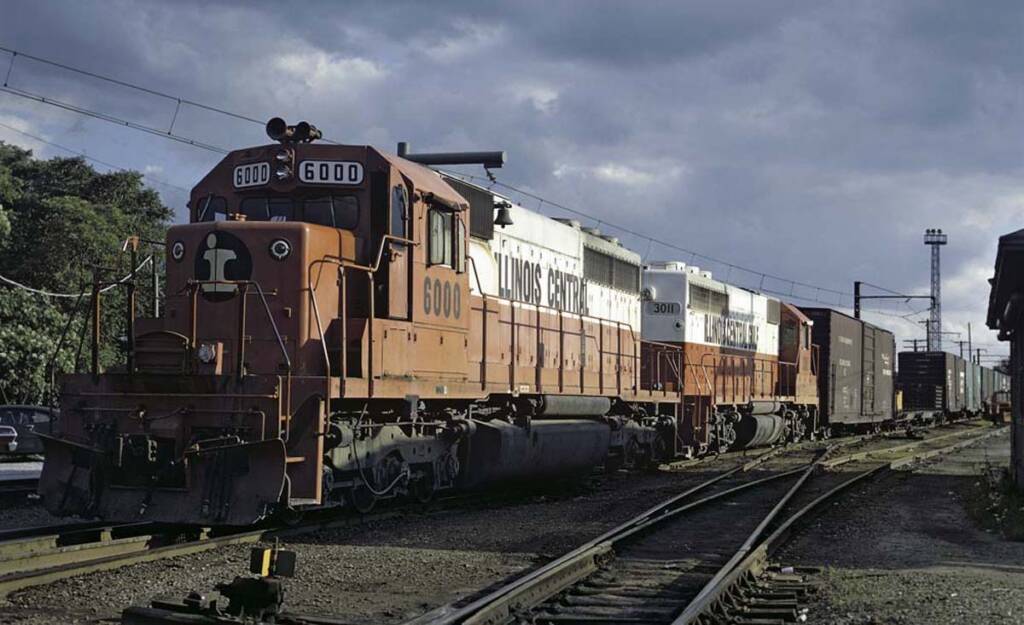
I have always had a thing for “class units,” that is, the first in a series, and “my engine” is Illinois Central SD40 6000, delivered in late 1967 in the then-new orange and white color scheme. I have a custom-painted HO scale model of it, weathered in that livery. Best of all, during my […]
Read More…
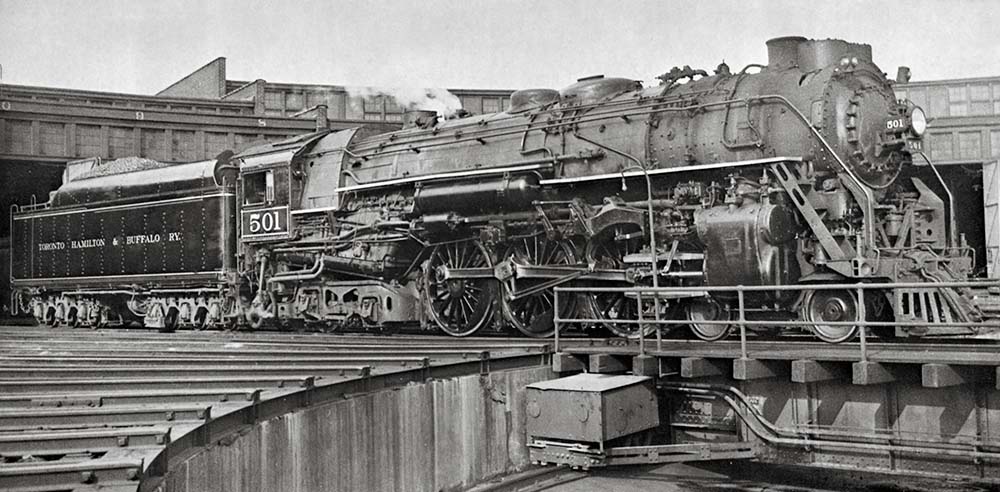
While growing up in Cleveland and Buffalo after World War II, a close encounter with a 4-6-4 Hudson-type locomotive was just a train ride away. My first memory was as a four-year-old. My family had taken the New York Central to Chicago, and as we walked forward at La Salle Street Station, I was […]
Read More…

A particular run of the Kansas City-Florida Special may have changed the course of steam locomotive assignments on the Frisco. During the mid-1930s, the St. Louis-San Francisco Railroad started rebuilding low-drivered 2-10-2 freight locomotives into modern, high-horsepower, coal-burning 4-8-2s, also for freight service. The first series of these Mountain types was the big, […]
Read More…

The rumble of Canadian Pacific’s 4-6-4 Empress No. 2816 and Union Pacific’s 4-8-8-4 Big Boy No. 4014 echoed across thousands of miles in 2024. What made these journeys truly remarkable and deserving a brighter spotlight? Both locomotives were equipped with fully compliant, standalone Positive Train Control (PTC) systems. This means they can independently navigate their […]
Read More…
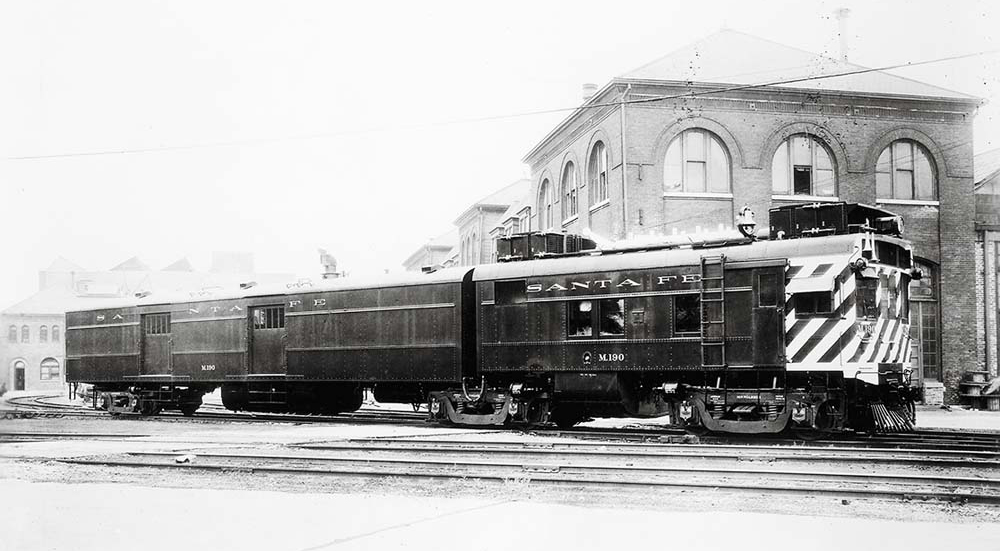
In 1931-32, Chief Mechanical Engineer Charles T. Ripley applied his European experience, along with his work on steam motorcar M-104 back in 1911, as he worked with Winton Engine Manufacturing Co., Electro-Motive Corp., and the Pullman Co. in the design, development, and introduction to service of a distillate-engine-powered motorcar, the M-190. The articulated M-190 […]
Read More…
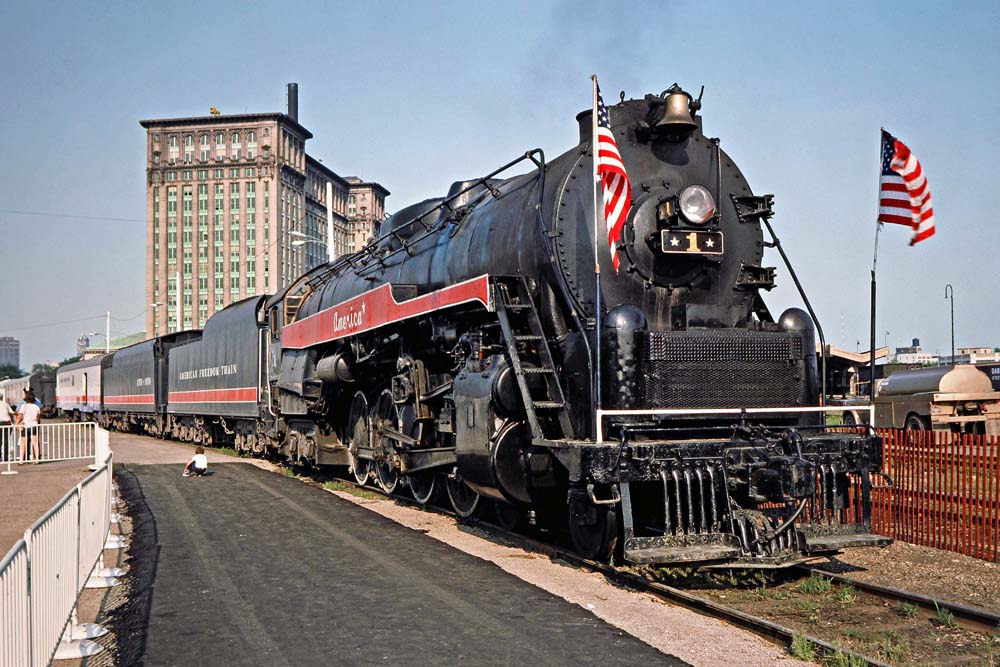
Has any class of homebuilt, remanufactured mainline steam locomotive ever performed as brilliantly as the Reading T-1 4-8-4? Given the long lives of four from its illustrious class of 30 engines, I’d say no. I came to this conclusion during a recent visit to the Baltimore & Ohio Railroad Museum, which has announced that ex-RDG […]
Read More…
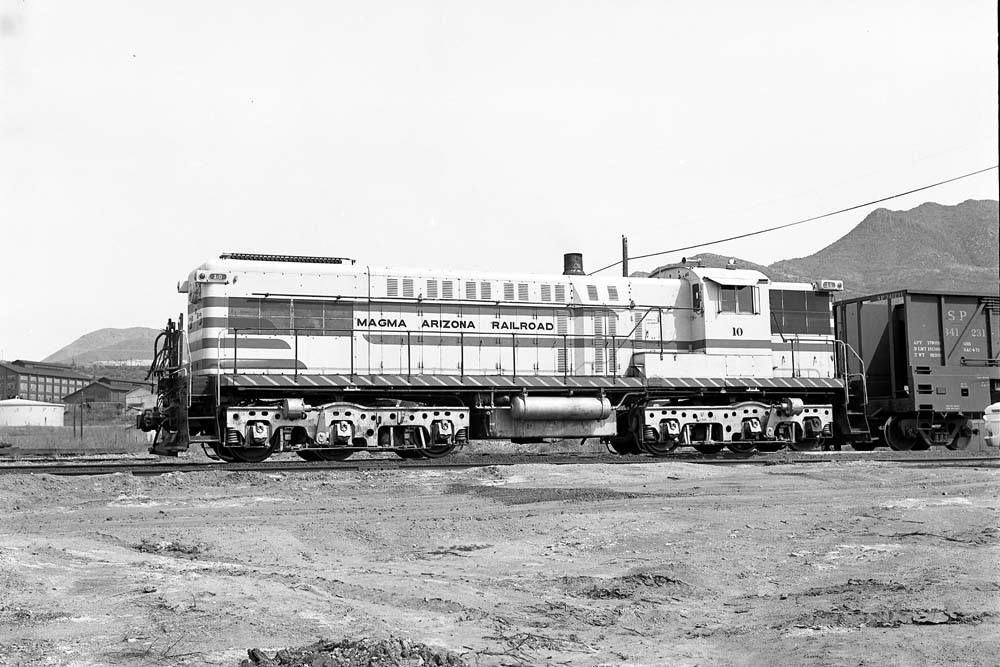
There is always the story of the locomotive that got away. For years back in the late 1960s, whenever I was in southern Oregon (due to my Air Force status), I stopped by the McCloud Railway and, with camera in hand, one by one knocked off their diesel fleet and cars. Except Baldwin Locomotive […]
Read More…
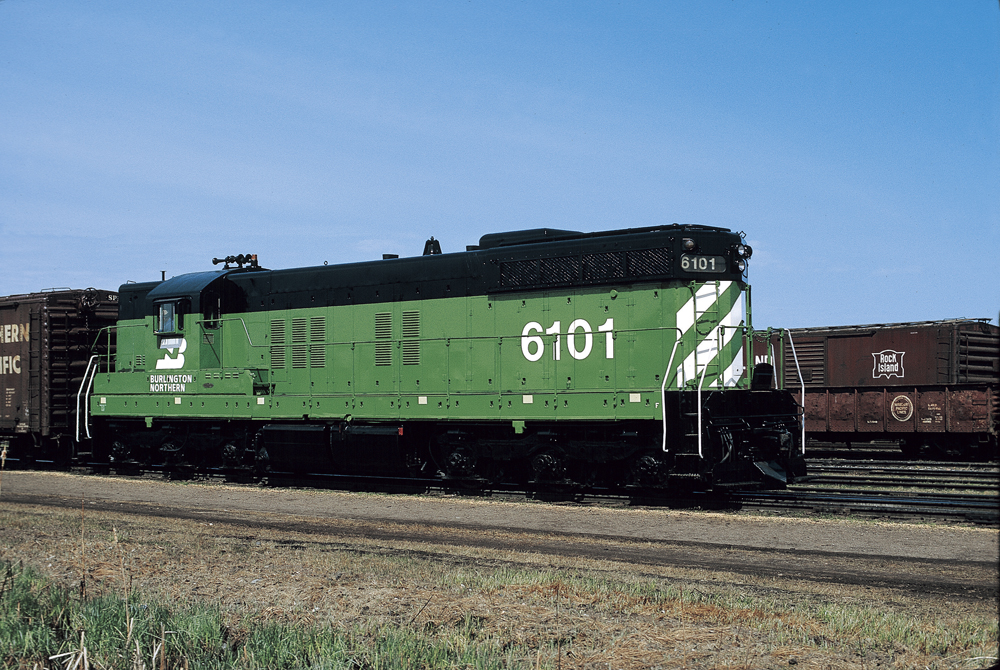
When the long-anticipated “Hill Lines” merger finally created the Burlington Northern on March 2, 1970, it was time not to mourn the loss of a favorite, the Chicago, Burlington & Quincy, but to embrace and record the details of the changeover. I had been through this six years before, when the Norfolk & Western […]
Read More…
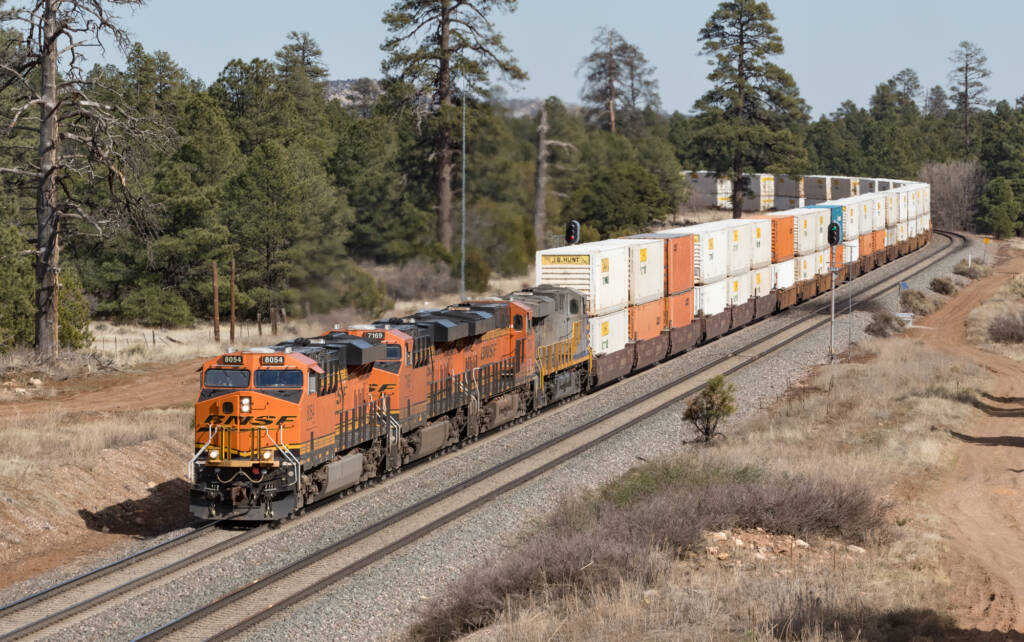
The roots of GE’s ES44C4 and ET44C4 locomotives reach back to the transition period in the late 1990s and early 2000s, when North American railroads were slowly converting from DC traction to AC traction six-axle road units and locomotive builders sought ways to completely eliminate six-axle DC locomotives from their order books. The answer came […]
Read More…
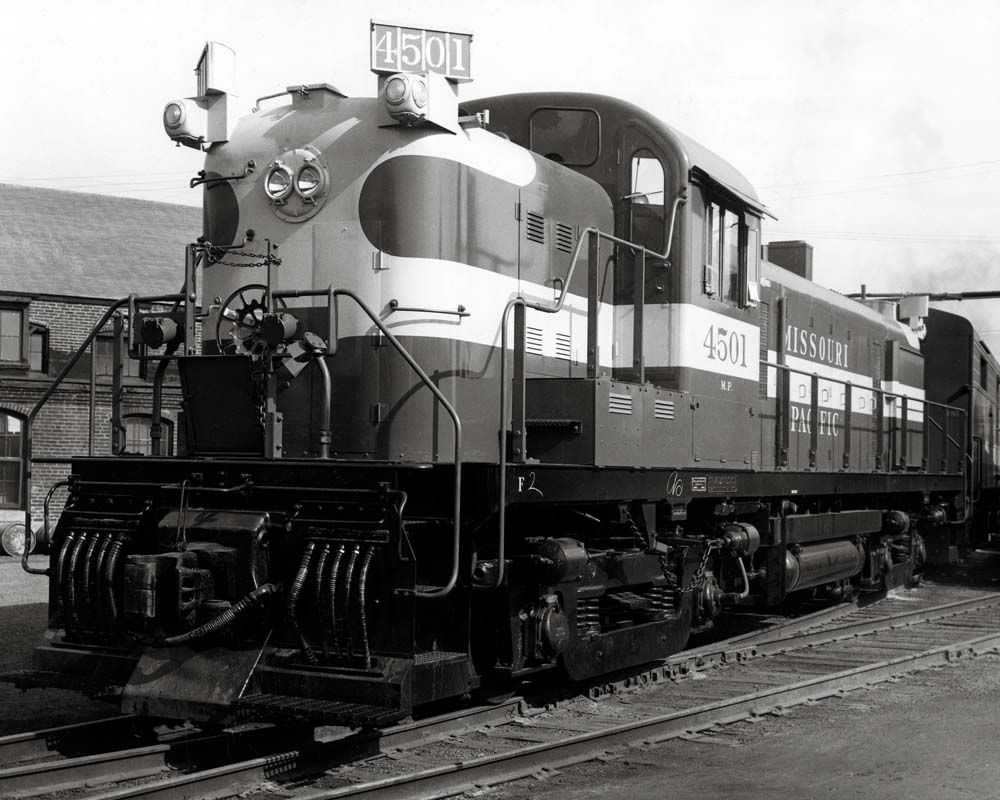
Missouri Pacific locomotives, both steam and diesel, display a variety typical of their era. The “MoPac,” as it was called, merged several railroads during the diesel era, notably the International-Great Northern and St. Louis, Brownsville & Mexico in 1956, the Texas & Pacific (which it had long controlled) and Chicago & Eastern Illinois […]
Read More…

One of the fascinating aspects of being actively involved in firing and running steam locomotives was discovering that each one had its own personality. In the case of a class of engines, sometimes the entire group would demonstrate similar characteristics, but seemingly there would always be one or more in the class that were superior […]
Read More…












